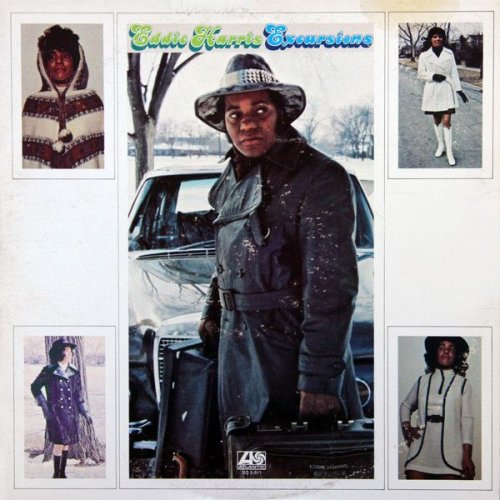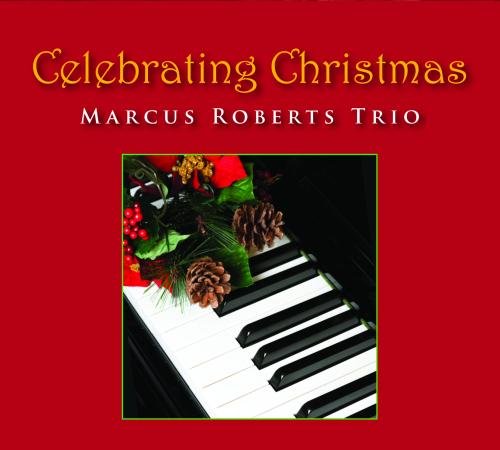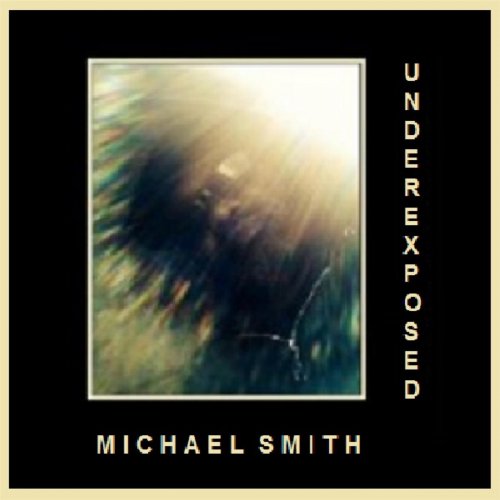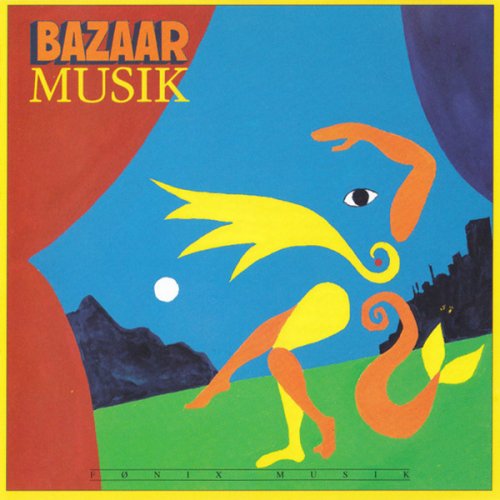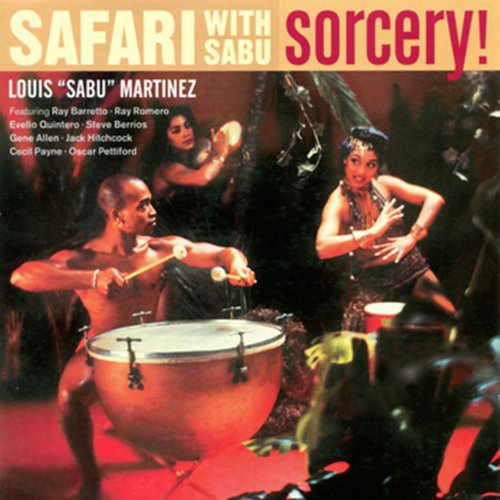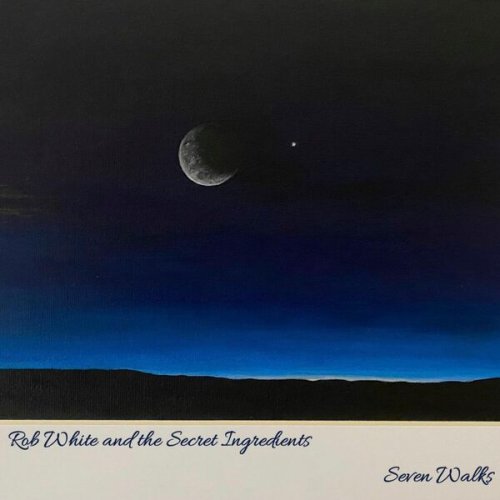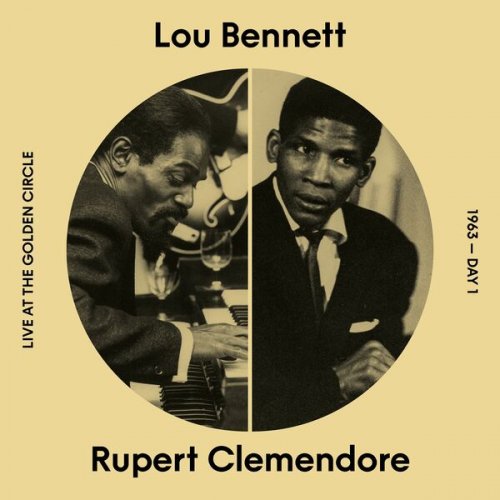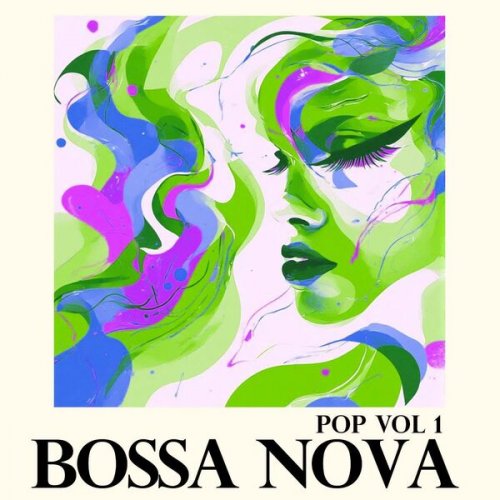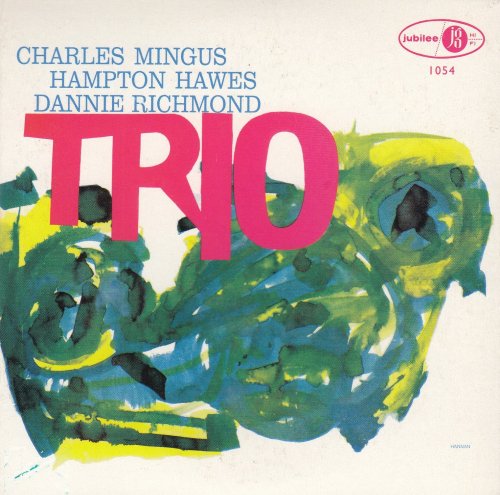Duo Seraphim, Gian Andrea Guerra, Stefano Molardi - 17th Century Courts of Northern-Italy Music for Violin & Organ (2024) [Hi-Res]
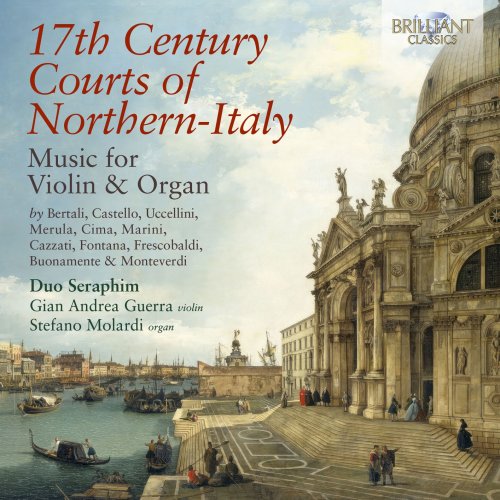
Artist: Duo Seraphim, Gian Andrea Guerra, Stefano Molardi
Title: 17th Century Courts of Northern-Italy Music for Violin & Organ
Year Of Release: 2024
Label: Brilliant Classics
Genre: Classical
Quality: flac lossless (tracks) / flac 24bits - 96.0kHz +Booklet
Total Time: 01:22:09
Total Size: 442 mb / 1.51 gb
WebSite: Album Preview
TracklistTitle: 17th Century Courts of Northern-Italy Music for Violin & Organ
Year Of Release: 2024
Label: Brilliant Classics
Genre: Classical
Quality: flac lossless (tracks) / flac 24bits - 96.0kHz +Booklet
Total Time: 01:22:09
Total Size: 442 mb / 1.51 gb
WebSite: Album Preview
01. Bertali Ciacona
02. Castello Sonata seconda
03. Uccellini Sonata prima
04. Merula Canzone quinta
05. Cima Sonata a violino solo
06. Marini Sonata variata, Op. 8
07. Cazzati Sonata prima la pellicana
08. Fontana Sonata seconda
09. Frescobaldi Toccata decima
10. Buonamente Ballo del granduca
11. Monteverdi Jubilet
12. Monteverdi Duo Seraphim
The Northern Italian courts along the Po Valley-Mantua, Milan, Cremona, Ferrara, Parma, Modena and Bologna, plus Venice as a sort of ‘honoris causa Padanian’ court – were the epicentre in the first decades of the 17th century for the development of new forms, new styles and new performance techniques in the sphere of instrumental music.
Among the protagonists of this phase were the composers featured on this programme, and the burgeoning interest in this ‘new music’ at an international level attracted some of them away to other European centres – Vienna (Bertali and Buonamente), Warsaw (Merula), Neuburg and Düsseldorf (Marini) and Prague (Buonamente again) – leading to a consolidation through these composers’ works for violin and continuo of a success story for Italian music that had begun in the previous century with the madrigal.
The modern listener is struck by the development of refined instrumental techniques and the variety of forms.
With respect to technique, Manfred Bukofzer in Music in the Baroque Era, from Monteverdi to Bach (1947) noted how ‘the virtuoso character of the violin sonata made itself felt not only in the fiery scale passages, the wide skips and the use of high positions, rarely used in ensemble music, but especially in the astonishing transfer of vocal idioms to the violin.’ Nevertheless, the music ‘retained an essentially instrumental style by virtue of the continuous rhythm of the solo passages, upbeat patterns, idiomatic figurations and such violinistic features as double and triple stops, pizzicato, col legno, and the use of harmonics.’
Regarding form, ‘The earliest stage of the sonata is represented by numerous works that progress from beginning to end without interruption and are subdivided only by changes of meter, tempo or thematic material… In the violin literature of the early 17th century… there are many sonatas of this type’ (Willi Apel, Italian Violin Music of the 17th Century, 1990).
Marini’s Sonata variata is one. On the other hand, compositions that refer to traditional melodies, both from the vocal and instrumental repertoire, are Variation forms. In the Uccellini, as in Buonamente’s Ballo del Granduca, Guerra and Molardi realize the original ‘a tre’ writing on two instruments only: the organ, in addition to realizing the bass, plays one of the melodic parts.
A similar choice is adopted in their transcription of Monteverdi’s Jubilet: the melodic part conceived for voice is mainly entrusted to the violin, which enriches it with ornamentations, while the organ plays the recitative sections, also with added embellishments.
Duo Seraphim
Gian Andrea Guerra violin
Stefano Molardi organ
